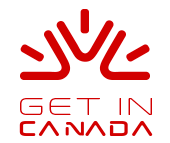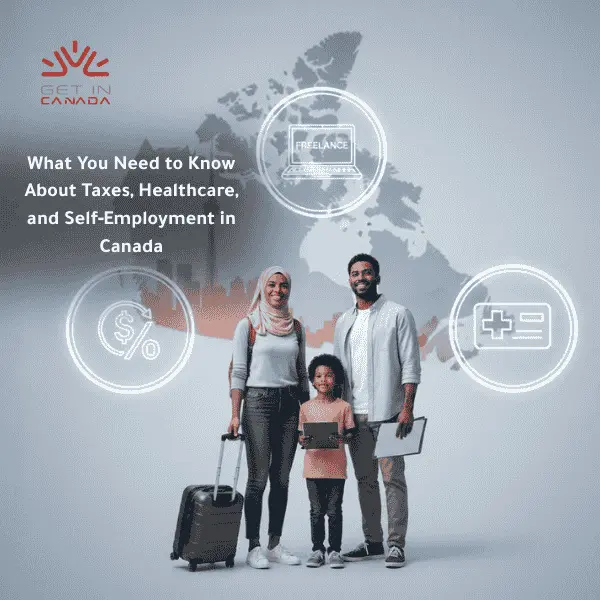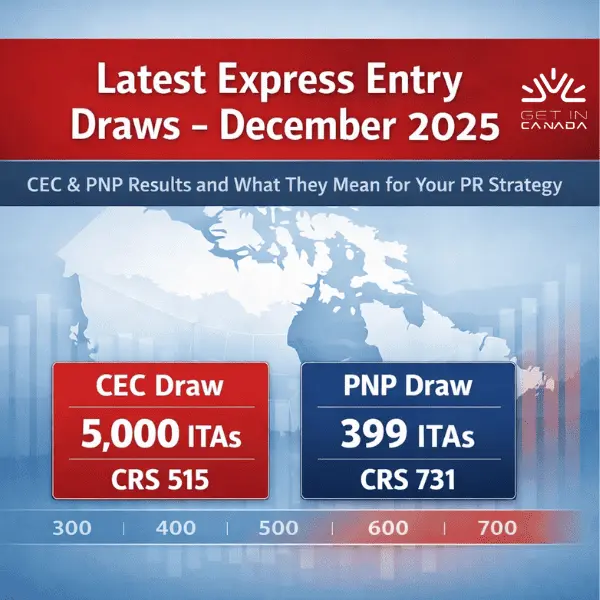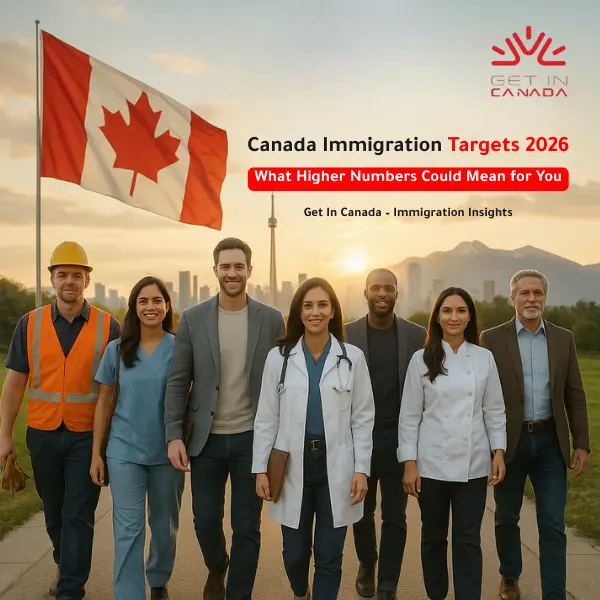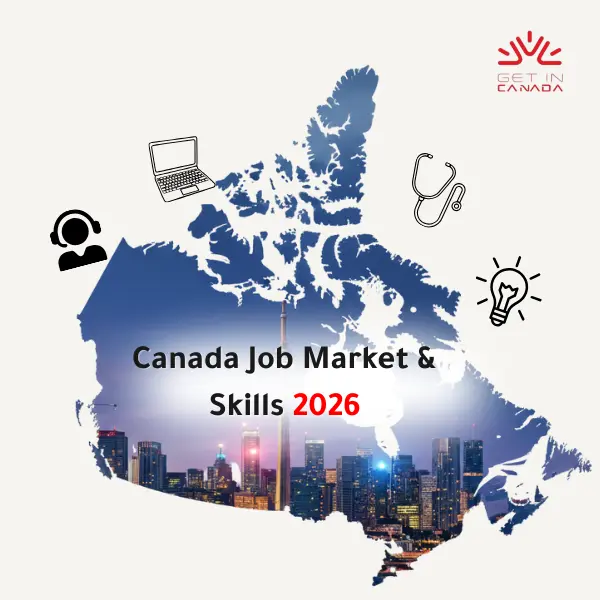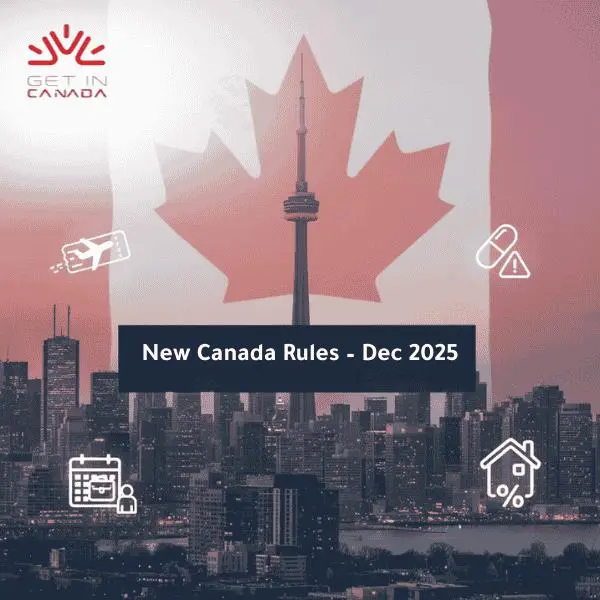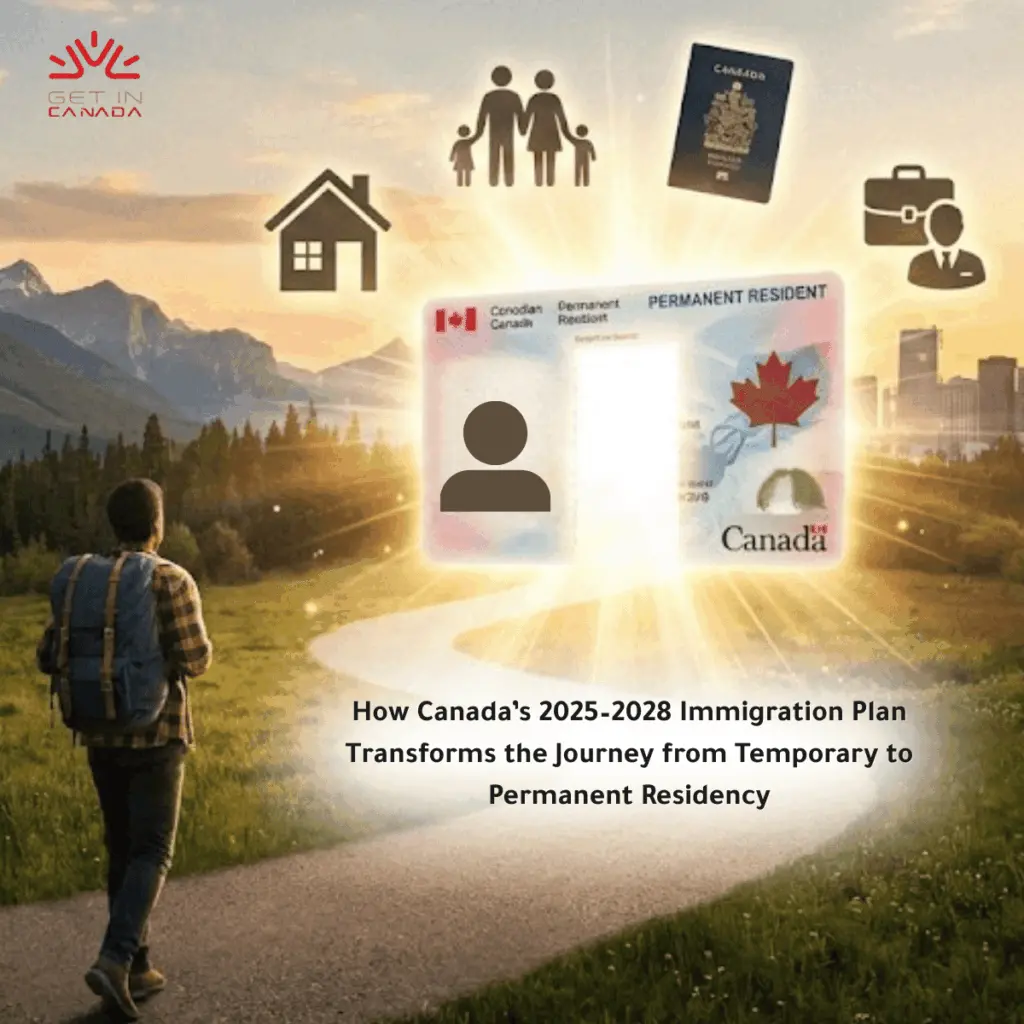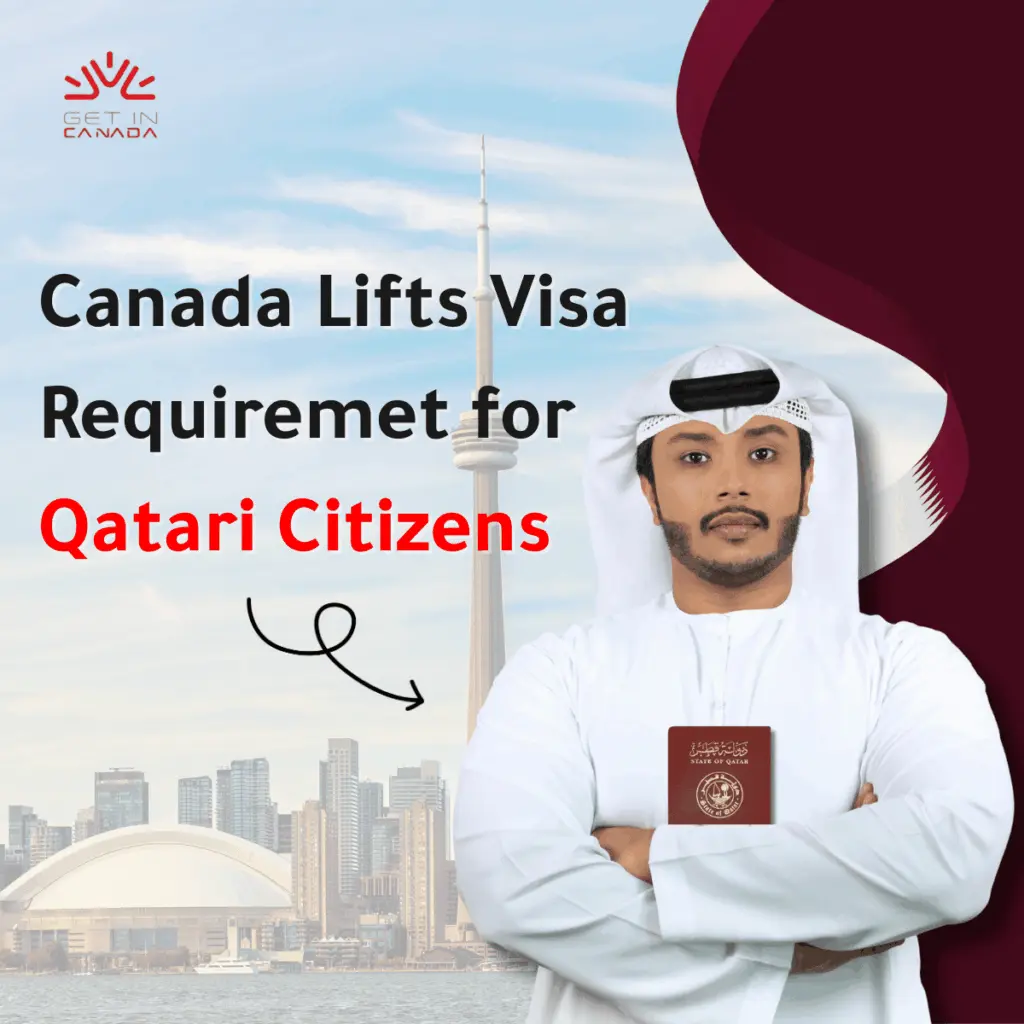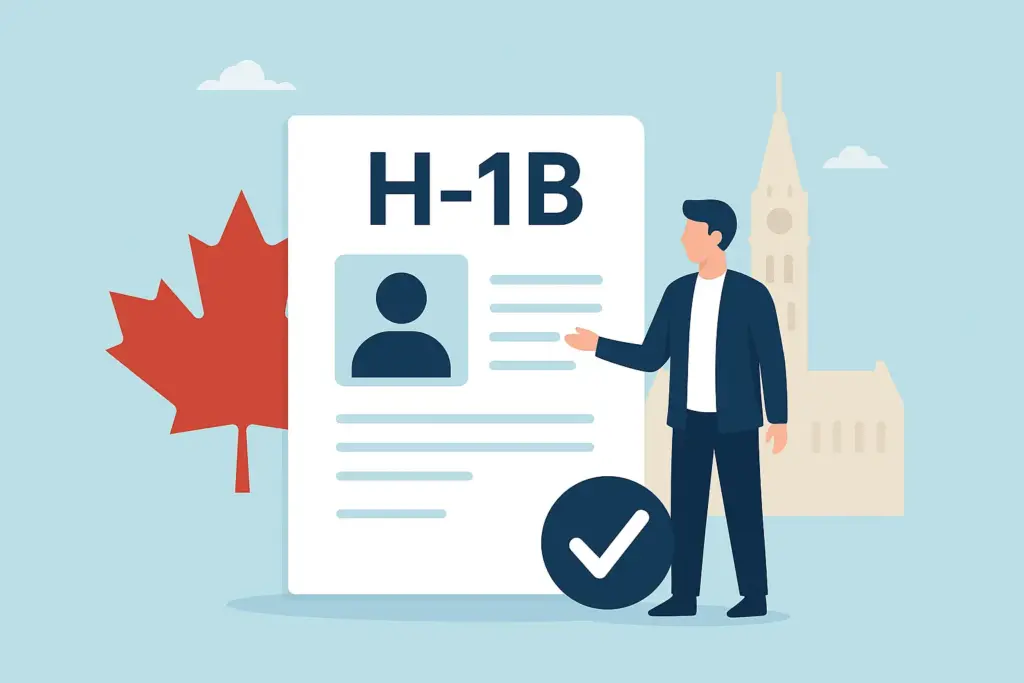Things to Know Before Visiting Canada in 2025
Canada invites millions of visitors each year with its blend of world‑class urban centers, awe‑inspiring natural wonders, and a reputation for politeness and safety. But traveling through six time zones, diverse climates, and bilingual regions can pose unexpected challenges to the unprepared.
Whether you’re marveling at the Northern Lights in Yukon, sampling multicultural cuisine in Toronto, or skiing world‑class powder in British Columbia, the key to a seamless trip lies in advance planning. This guide deep‑dives into everything from entry requirements and seasonal packing strategies to tipping norms and Indigenous cultural experiences.
Bookmark this page, share it with fellow travelers, and refer to the “Useful Links” for direct access to official Canadian government resources—so you can spend less time worrying about logistics and more time enjoying Canada’s warm hospitality and epic landscapes.
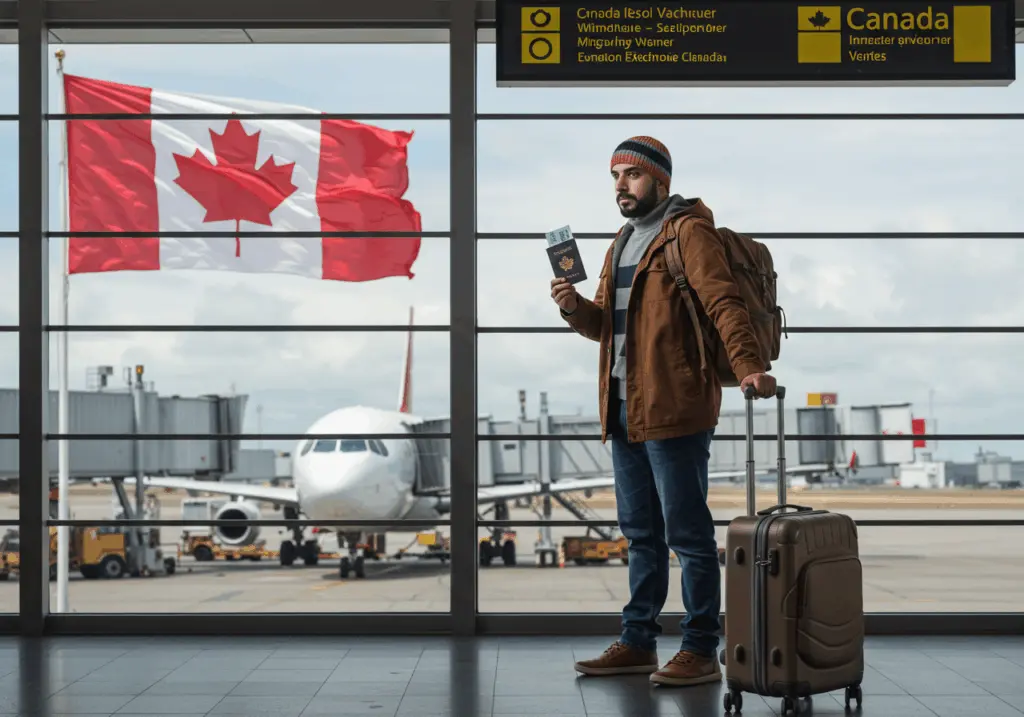
1. Canada Visa & Entry Requirements
Travelling to Canada always starts with ensuring you have the correct authorization to enter and remain for your intended stay. Visitor visas and eTAs exist to validate your purpose—be it tourism, business meetings, or family visits—and guarantee you comply with Canadian immigration laws.
Here’s what to know for Canada Visa:
- Eligibility: Citizens of over 50 countries (including the UK, EU member states, Japan, Australia) can apply online for an eTA, valid for up to five years and multiple entries. Nationals from countries such as India, China, the Philippines, and Egypt must secure a Temporary Resident Visa (TRV) via the IRCC portal.
- Required documents: Alongside a valid passport, you will need proof of sufficient funds (bank statements or sponsorship letters), a travel itinerary (hotel confirmations or tour bookings), and evidence of ties to your home country (employment letters, property deeds) to demonstrate your intent to depart.
- Application timeline: eTAs can be approved in minutes, but TRVs often take 4–6 weeks—so apply at least two months before departure.
- At the port of entry: Be prepared for border services officers to ask detailed questions about your travel plans, accommodation, and finances. Honesty and clear documentation speed up the process.
- Transit requirements: Even if you’re only connecting through a Canadian airport en route elsewhere, you may still need an eTA or TRV depending on your nationality.
Useful Links:
Find out if you are eligible to get in Canada →
2. Canada Weather & Packing Tips
From subarctic tundra to Pacific rainforests, Canada’s climate zones demand flexible packing strategies. Understanding regional weather trends helps you avoid overpacking sweaters you’ll never wear or leaving out critical cold‑weather gear.
Here’s what to know about Canada Weather:
- Winter extremes: In cities like Edmonton or Winnipeg, January lows regularly dip below -25 °C, and wind chills can make it feel like -35 °C. Pack insulated down jackets, thermal underwear, wool socks, and snow boots with good tread. Don’t forget accessories like neck gaiters, heated hand warmers, and goggles for snowy winds.
- Mild coastal winters: Vancouver and Victoria on the West Coast see temperatures hover around 0–8 °C, but with frequent rain. A waterproof, breathable raincoat, quick‑dry layers, and rubber‑soled boots are essential.
- Summer warmth: Southern Ontario and the Prairies can hit 30 °C or more in July–August. Lightweight fabrics (linen or moisture‑wicking synthetics), wide‑brim hats, and UV‑blocking sunglasses are must‑haves.
- Shoulder seasons: Spring and fall are notoriously capricious. One day might see snowflakes, the next bright sun. A mix of layers—long‑sleeve shirts, light sweaters, waterproof shells—is your best defense.
- Specialty gear: If you plan to hike, kayak, or cycle, pack sport‑specific items (hiking boots rated for trail terrain, life jackets, padded cycling shorts) plus insect repellant (for black fly season) and a collapsible water bottle.
Useful Links:
3. Currency, Costs & Tipping
Understanding Canada’s monetary ecosystem helps you budget accurately and avoid surprises, from exchange fees to unexpected tipping expectations.
Here’s what to know:
- Cash vs. cards: The Canadian Dollar (CAD) is king, but contactless credit/debit cards—Visa, MasterCard, and Interac—are accepted almost everywhere. Still, carry small bills and coins for cash‑only vendors or tipping.
- ATM withdrawals: Widely available in airports, banks, and convenience stores. Use bank‑affiliated machines to reduce surcharges. Notify your bank of travel dates to avoid transaction holds.
- Tipping culture: Unlike in some countries, tipping in Canada is not optional in service industries:
- 15–20% at full‑service restaurants (calculate before tax).
- 10–15% for taxi or rideshare drivers.
- $2–$5 per night for hotel housekeeping.
- $1 per drink at bars or cafés.
- Budget benchmarks:
- High-cost cities (Toronto, Vancouver): CAD 200–300/day per person (mid‑range hotels, dining out).
- Mid‑sized cities (Calgary, Halifax): CAD 150–200/day.
- Savings strategies: Look for city tourism cards (free museum entries), grocery store‑prepared meals, and local farmers’ markets.
Useful Links:
4. Getting Around: Canada Transport Options
With a country spanning nearly 10 million km², efficient travel logistics can make or break your itinerary. Understand the pros and cons of each mode before booking.
Here’s what to know:
- Rideshares & taxis: Uber and Lyft operate in all major cities. Fares can surge during peak times, so compare with local taxi apps that may offer flat rates.
- Urban transit: Toronto’s TTC, Montreal’s STM, and Vancouver’s TransLink each offer day or multi‑day passes. Most pass systems use reloadable tap‑and‑go cards—buy at stations or convenience stores.
- Intercity rail & bus: VIA Rail’s Corridor trains connect Quebec City–Toronto–Windsor; its long‑distance services traverse scenic routes (e.g., Toronto–Jasper). Book 60+ days in advance for discounted fares. Bus carriers like Greyhound, Megabus, and Rider Express fill gaps where rail is limited.
- Domestic flights: Air Canada, WestJet, and budget carriers like Swoop serve all provinces. Factor in baggage fees and departure‑airport distance when comparing to ground options.
- Self‑drive adventures: In rural regions and national parks, a rental car or RV offers maximum flexibility. Watch for winter‑tire requirements (October–April) and mandatory snow‑chains in mountainous zones.
Useful Links:
Find out if you are eligible to get in Canada →
5. Health Care & Insurance in Canada
Canada’s publicly funded healthcare system ensures top‑notch treatment for residents—but tourists must secure private coverage to avoid hefty medical bills.
Here’s what to know about Health Care & Insurance in Canada:
- Insurance essentials: Look for plans covering emergency evacuation, hospitalization, prescription drugs, and pandemic‑related care. Verify coverage limits and exclusions (e.g., adventure sports).
- Accessing care: Walk‑in clinics fill minor‑care gaps when you can’t book a doctor’s appointment. Present your insurance card and ID.
- Pharmacy services: In most provinces, pharmacists can prescribe certain treatments (e.g., urinary tract infections) without a doctor’s note. Over‑the‑counter meds are readily available.
- Emergency protocols: Dial 911 anywhere in Canada for police, fire, or ambulance services. Response times in cities average under 10 minutes.
- Prescription management: Bring your original prescriptions plus a letter from your physician. Controlled substances may require Health Canada special permits.
Useful Links:
6. Cultural Etiquette & Laws in Canada
Politeness and respect are embedded in Canadian culture; understanding local norms and legal frameworks will help you make a positive impression.
Here’s what to know about Canada Culture:
- Politeness rituals: Queue patiently, thank service staff by name when possible, and use “please” liberally. Canadians often apologize—even when not at fault—as a sign of empathy.
- Punctuality: Whether attending a business meeting or a guided tour, arrive 5–10 minutes early.
- Bilingual expectations: In Quebec, signage and menus are in French; staff may switch to English only upon request. Learning greetings in French (e.g., “Bonjour,” “Merci”) is appreciated.
- Smoking and vaping: Strictly prohibited in most indoor public spaces, near building entrances, and within 20 meters of playgrounds.
- Drinking age & regulations: Ranges from 18 (Quebec, Manitoba) to 19 (rest of Canada). Purchase only at government‑regulated outlets or licensed vendors.
Useful Links:
7. Canada Safety, Wildlife & Outdoors
From downtown cores to remote backcountry, Canada’s reputation for safety is strong—but nature demands respect and preparation.
Here’s what to know:
- City safety: Violent crime is low. Nonetheless, use hotel safes, avoid deserted streets after dark, and stay alert on public transit during off‑peak hours.
- Bear and wildlife encounters: In areas like Banff or Algonquin, carry bear spray, make noise on trails, and store food in bear‑proof lockers. Follow park staff briefings on recent wildlife activity.
- Trail protocols: Always hike with a partner when possible, carry a map and compass (or GPS device), and check trail conditions before setting out—spring melt and leaves‑off can make routes misleading.
- Water safety: Lakes and rivers may look inviting but can be frigid year‑round. Wear a life jacket when boating, and heed posted warnings about strong currents.
- Seasonal hazards: Ice on sidewalks and roads can be treacherous in winter. Microspikes or “ice cleats” fit over boots to improve traction.
Useful Links:
8. Connectivity & Power Plugs
Keeping your devices charged and your data flowing is essential for navigation, communication, and capturing memories.
Here’s what to know:
- Mobile plans: Short‑stay visitors should opt for prepaid SIM cards with flexible data packages. Major providers—Bell, Rogers, Telus—offer kiosks in airports; smaller carriers (e.g., Public Mobile) may be cheaper.
- Wi‑Fi availability: Free networks are standard in cafés, public libraries, and most hotels. Always verify the network’s name and security before connecting.
- Roaming vs. local: International roaming fees can exceed CAD 10/MB. Disable data roaming and use Wi‑Fi whenever possible, or purchase a global eSIM.
- Power standards: Type A and B plugs (two flat pins, with or without a grounding pin) at 120 V, 60 Hz. Visitors from regions using 220–240 V need a voltage converter plus a plug adapter.
Useful Links:
9. Languages & Indigenous Culture
Canada’s cultural fabric is woven from English, French, and the traditions of its Indigenous Peoples—exploring all three enriches any visit.
Here’s what to know:
- Bilingual services: Federal institutions, national parks, and major tourist attractions operate in both English and French. In Quebec, French is dominant, though most staff in tourism can assist in English.
- Multilingual communities: In cities like Toronto and Vancouver, you’ll hear Mandarin, Punjabi, Arabic, Tagalog, and dozens more. Ethnic neighbourhoods offer authentic culinary and cultural experiences.
- Indigenous tourism: First Nations, Inuit, and Métis communities run cultural centres, guided experiences (e.g., drumming workshops, storytelling circles), and artisan markets. Engaging with these offerings supports local economies and fosters respectful cultural exchange.
- Cultural protocols: When visiting sacred sites or participating in ceremonies, follow community guidelines—dress modestly, ask permission before photographing, and listen to elders’ instructions.
Useful Links:
Conclusion & Next Steps
Traveling to Canada offers an extraordinary blend of polished urban centers, rugged wilderness, and a deeply rooted cultural tapestry. By securing the correct travel authorization well in advance, packing thoughtfully for variable weather, and budgeting with an eye toward local costs and tipping norms, you lay the groundwork for a hassle‑free experience.
Navigating Canada’s transportation network—whether by efficient city transit, scenic rail journeys, or self‑drive routes—opens up vast possibilities, from world‑class museums to remote mountain vistas. Protect your trip and health by choosing comprehensive insurance that covers everything from emergency evacuations to prescription refills, and embrace local customs—politeness, punctuality, and bilingual respect—so you can engage with Canadians on their own terms.
Most importantly, allow yourself the time to connect with Canada’s Indigenous communities and learn the stories that animate the land you’re visiting. Whether listening to an elder’s welcome ceremony, tasting traditional foods, or purchasing hand‑crafted artwork, each encounter deepens your appreciation for the country’s original stewards. Armed with these detailed insights, you’re ready to cross borders with confidence, experience the unexpected, and create memories that will last long after you’ve exchanged your last loonies for souvenirs.
